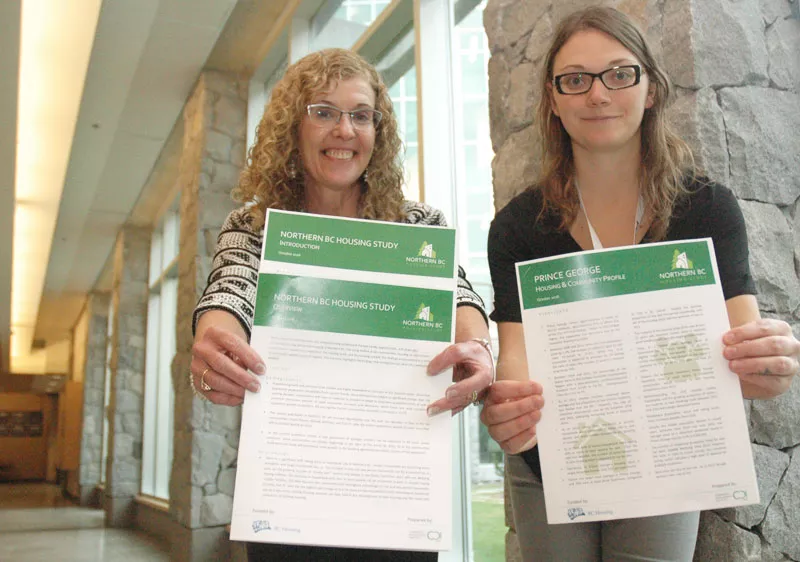CDI's Northern B.C. Housing Study outlines issues, challenges

The Northern B.C. Housing Study has found that population growth will continue to be volatile and highly dependent on the state of the resource sector and that the seniors population in Northern B.C. will increase significantly over the next two decades.
The study, funded by BC Housing, was released today by UNBC’s Community Development Institute at the Northern B.C. Housing Conference held at the University.
Other results from the study reveal that housing affordability is also a key issue, particularly in light of the impact economic boom and bust cycles have on the cost of housing.
One and two-person households are becoming more prevalent in Northern B.C. which can be accounted for, in part by the growing number of empty-nest seniors and people in the family formation years who are delaying having children.
Another key finding is that housing built predominantly in the 1960s – 70s is no longer suited to the needs of the current population and many communities lack the types of quality housing that appeal to the skilled professionals they are trying to recruit.
“We found that regarding the age of the housing stock, the majority of it is 35 years or older,” said CDI Co-Director Marleen Morris who authored the study. “That presents a number of problems – they’re not energy efficient, it affects mobility issues.”
“Finding solutions and taking action on these and various other issues related to housing in Northern B.C. are imperative to realizing the economic potential of the region. The study is intended as a starting point for strengthening our understanding of these issues – revealing common trends across communities, and devising strategies for addressing them.”
The study was conducted in order to better understand key trends, opportunities and challenges influencing housing demand and supply in Northern B.C. It involved 10 communities in the northern B.C region:
- 100 Mile House
- Dawson Creek
- Fort St. John
- Kitimat
- Prince George
- Prince Rupert
- Quesnel
- Smithers
- Terrace and;
- Williams Lake.
It looked at key areas including demographics, size of households, housing stock and the housing market.
“Our hope is that this study will act as a catalyst to bring the housing sector together to develop innovative and collaborative approaches that will build resilience, flexibility and affordability,” said Morris.
Each of the individual community reports contains a brief community profile, focusing on those indicators that are relevant from the perspective of driving housing demand and supply.
Each community profile reviews past trends related to the size and growth in the populations as well as future projections for demographic change, particularly as they related to age cohorts (i.e. seniors, family formations years) that coincided with changes in housing needs and preferences.
The profiles also look at workforce issues such as skills and educational attainments, employment rates and incomes.